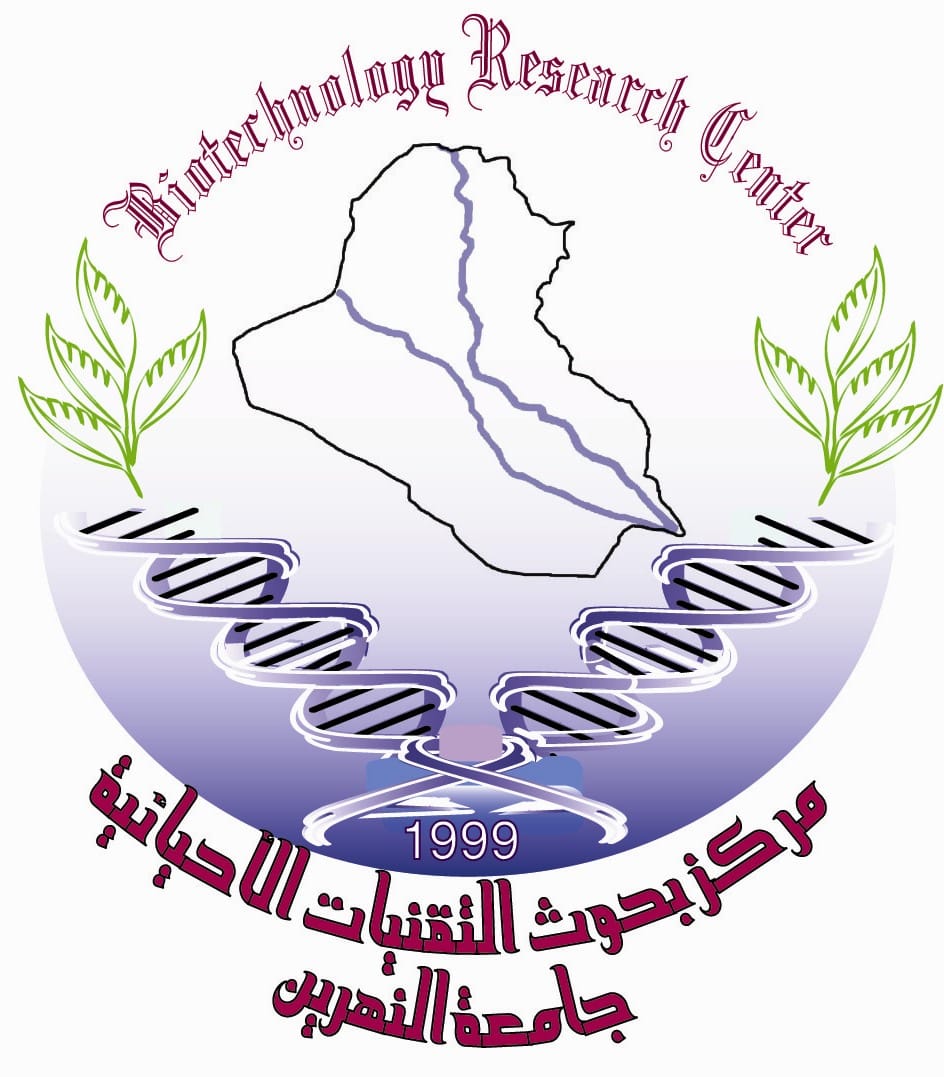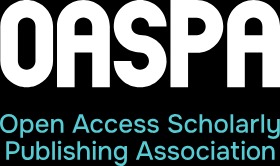A review of the Prevalence of Enterohemorrhagic E. coli in Iraq
DOI:
https://doi.org/10.24126/jobrc.2024.18.1.714Keywords:
Enterobacteriaceae, E. coli, Enterohemorrhagic E. coli, DiarrhoeaAbstract
Background: The Diarrhoeal illnesses were a serious public health issue and a main reason that increasing the newborn and young children morbidity and mortality in developing nations. In persons in Iraq and developing nations, Enterohaemorrhagic E. coli is a group of pathogenic E. coli that can cause diarrhea or hemorrhagic colitis. A significant contributor to pediatric acute renal failure, morbidity, and mortality in adults is hemolytic uremic syndrome (HUS), which can occasionally develop from Enterohaemorrhagic E. coli. Objective: This review focusing on the prevalence of Enterohaemorrhagic E. coli and their role in increasing the mortality and morbidity in children and adults in Iraq and developing nations. Discussion: Due to the last 30 years of surveillance, EHEC had consistently been one of the biggest dangers to foodborne pathogens globally. EHEC mostly colonizes the gastrointestinal (GI) tract of cattle, where it can spread to neighboring farms and endure for months. Generally the main reasons of the infection with EHEC were O157:H7 but later the infections caused by EHEC strains has been linked to anther serogroups than O157 like O26, O111, O103 and O145. Among the major causes of bloody diarrhea, which may resolve on its own or get complicated into (HUS), is E. coli O157.
Downloads
Published
How to Cite
Issue
Section
License
Copyright (c) 2024 Jinan M. Hasan, Shaymaa S. Najim

This work is licensed under a Creative Commons Attribution 4.0 International License.
This is an Open Access article distributed under the terms of the creative commons Attribution (CC BY) 4.0 license which permits unrestricted use, distribution, and reproduction in any medium or format, and to alter, transform, or build upon the material, including for commercial use, providing the original author is credited.











